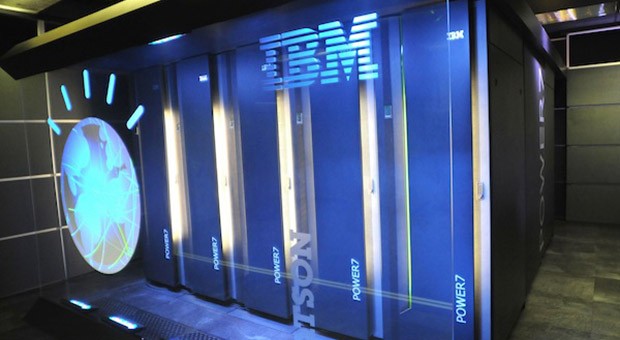Watson supercomputer trained to diagnose patients and train medical students

A few years ago, the Watson (IBM) supercomputer was sent for training, so to speak, to the Cleveland Clinic . All this was done in order to create a reliable tool to diagnose patients. Perhaps the abilities of the supercomputer will not be used to make a diagnosis without the participation of a doctor, but the project is already being used to train medical students. By the way, IBM is implementing two projects in the medical field (with the participation of this supercomputer): WatsonPaths and Watson EMR Assistant.
As for the first project, it will be used to train medical students. Within the framework of the project, a description of the patient's complaints and his indicators are issued. And the students and the supercomputer, on the basis of the data obtained, are already speculating what could be the cause of such symptoms. At the same time, a relatively simple visualization technique is used to create a system of cause-effect relationships. In general, Dr. House used something similar. Students will compare their answer with the Watson answer, and track their mistakes. All this will allow future doctors to learn how to make reliable diagnoses using a proven algorithm.
')
The supercomputer has been learning the art of diagnosing for a long time, and now its training has come to an end. By the way, to build a more reliable diagnosis, the computer will use a lot of data from medical journals, preprints of articles and other data. Hopefully, such a system will soon be used not only at the Cleveland Clinic, but also at other hospitals / clinics.
As for the second project, Watson EMR Assistant, this tool is designed for parsing unclassified patient data, with the aim of streamlining and classifying them. The supercomputer will, again, track cause-effect relationships in the history of diseases of different patients, classify the data and provide the results of the analysis to doctors.
Via engadget
Source: https://habr.com/ru/post/197626/
All Articles